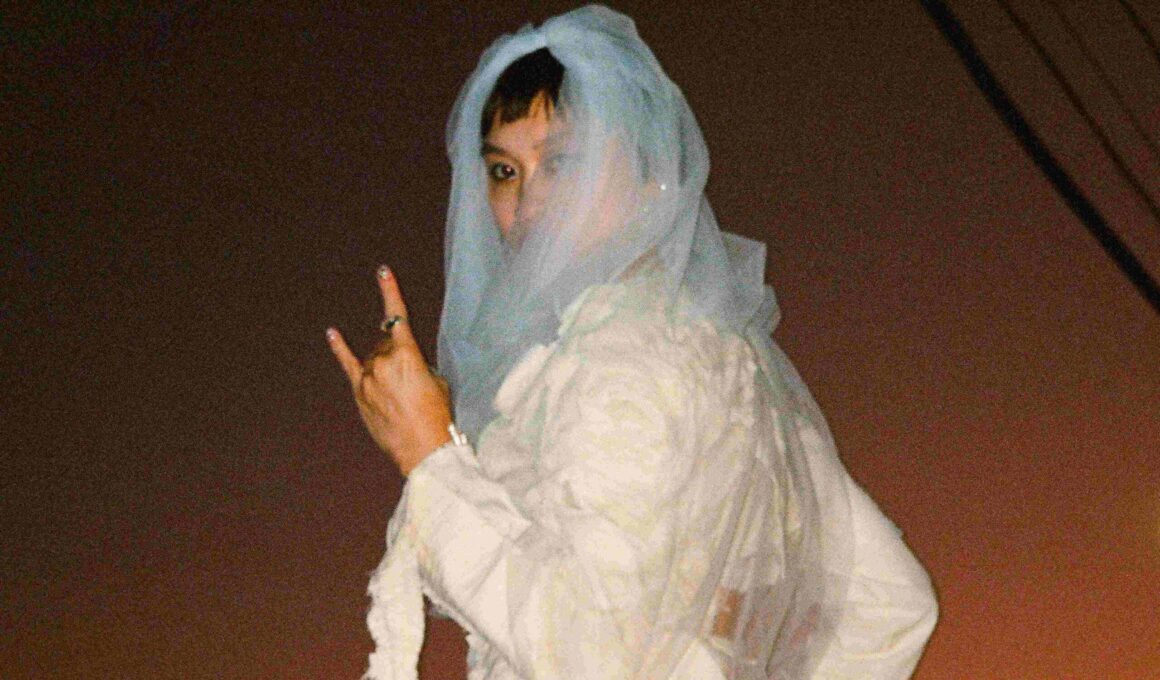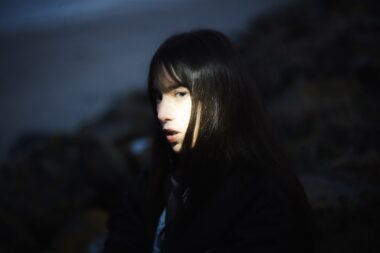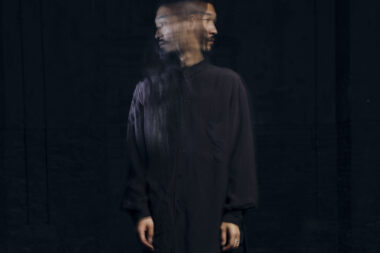The Kiezsalon rounds out its 2025 season at the Collegium Hungaricum in Berlin-Mitte across two evenings in November. On Wednesday, we present Japanese psych-rock trio KUUNATIC, Brooklyn-based rapper OHYUNG and Hungarian folk singer Szilvia Bognár. We continue on Thursday with Masayoshi Fujita, Róbert Kerényi and Thorn Wych.
Built around ritual drumming, vocal incantations and traditional instruments such as the sasara and kuriko, Japanese psych-rock trio Kuunatic consists of keyboardist Fumie Kikuchi, drummer Yuko Araki and bassist Shoko Yoshida. Following their 2021 debut album Gate of Klüna, which the Financial Times dubbed “world music transmogrified into other-world music”, the trio’s new record Wheels of Ömon dives deeper into their self-created sci-fi mythology, with The Wire calling it “a beguiling exercise in psychedelic world-building.”
OHYUNG is an Asian-American musician, artist and film composer based in Brooklyn. While their 2020 album PROTECTOR mixed distorted 808s and pitch-shifted rapping with ambient loops, 2022’s imagine naked! inhabited more boldly minimal landscapes and was hailed by PopMatters as “an incredible plunge into the best ambient music has to offer.” Inspired by their gender transition, OHYUNG’s latest album You Are Always On My Mind imagines a conversation between their current and past selves, soundtracked by euphoric rave pop, looped software strings and trip-hop beats.
For the last two decades, Szilvia Bognár has been one of the most popular singers in Hungarian folk. Through her solo projects, she strives to extract folk songs from tradition and independently revive them in a modern musical context. At the same time, she is also a prominent representative of traditional performance, serving as an artist-teacher at the Department of Folk Music at the Liszt Ferenc Academy of Music. By selecting from the entire musical heritage of the Hungarian-speaking regions, she offers an insight into the diverse world of Hungarian folk music.
Having opened its doors in 2007, the new Collegium Hungaricum Berlin stands where the original institute existed from 1926 to 1944. With its Bauhaus architecture, the building is reminiscent of a modernist movement that connects Hungary and Germany. Filled with large windows, the cultural hub offers panoramic views and radiant sunlight. For the Kiezsalon we invite you to wander through the Collegium Hungaricum and experience live music across the venue’s various spaces.








